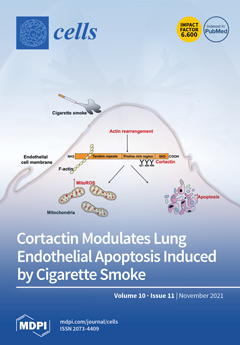Open AccessReview
The Interface between Cell Signaling Pathways and Pregnane X Receptor
by
Robert S. Rogers, Annemarie Parker, Phill D. Vainer, Elijah Elliott, Dakota Sudbeck, Kaushal Parimi, Venkata P. Peddada, Parker G. Howe, Nick D’Ambrosio, Gregory Ruddy, Kaitlin Stackable, Megan Carney, Lauren Martin, Thomas Osterholt and Jeff L. Staudinger
Cited by 6 | Viewed by 3612
Abstract
Highly expressed in the enterohepatic system, pregnane X receptor (PXR, NR1I2) is a well-characterized nuclear receptor (NR) that regulates the expression of genes in the liver and intestines that encode key drug metabolizing enzymes and drug transporter proteins in mammals. The net effect
[...] Read more.
Highly expressed in the enterohepatic system, pregnane X receptor (PXR, NR1I2) is a well-characterized nuclear receptor (NR) that regulates the expression of genes in the liver and intestines that encode key drug metabolizing enzymes and drug transporter proteins in mammals. The net effect of PXR activation is to increase metabolism and clear drugs and xenobiotics from the body, producing a protective effect and mediating clinically significant drug interaction in patients on combination therapy. The complete understanding of PXR biology is thus important for the development of safe and effective therapeutic strategies. Furthermore, PXR activation is now known to specifically transrepress the inflammatory- and nutrient-signaling pathways of gene expression, thereby providing a mechanism for linking these signaling pathways together with enzymatic drug biotransformation pathways in the liver and intestines. Recent research efforts highlight numerous post-translational modifications (PTMs) which significantly influence the biological function of PXR. However, this thrust of research is still in its infancy. In the context of gene-environment interactions, we present a review of the recent literature that implicates PXR PTMs in regulating its clinically relevant biology. We also provide a discussion of how these PTMs likely interface with each other to respond to extracellular cues to appropriately modify PXR activity.
Full article
►▼
Show Figures






